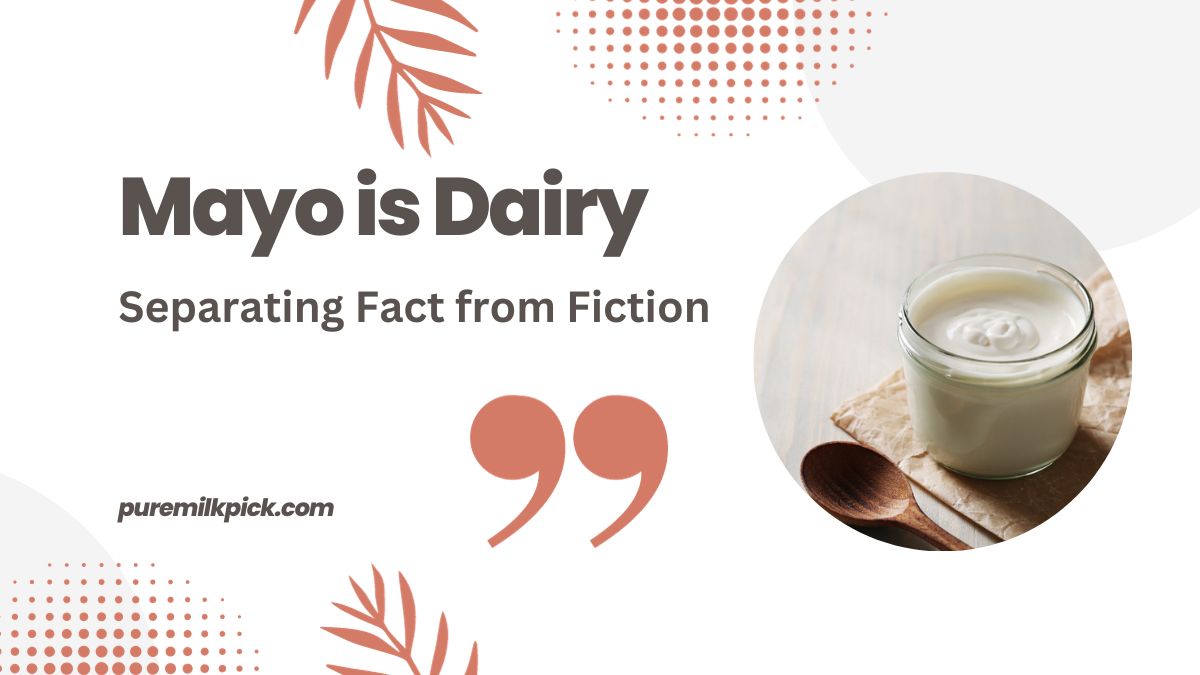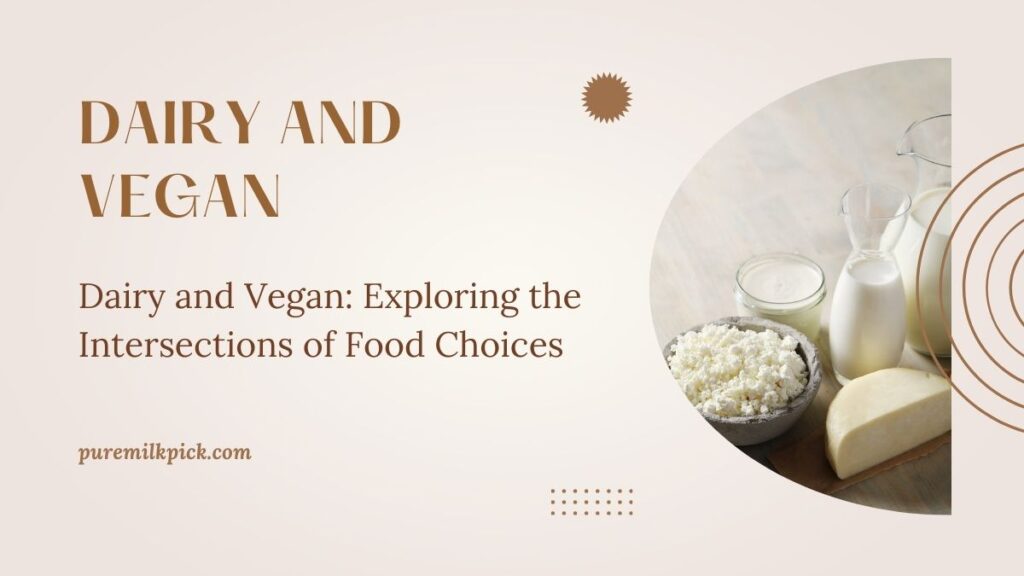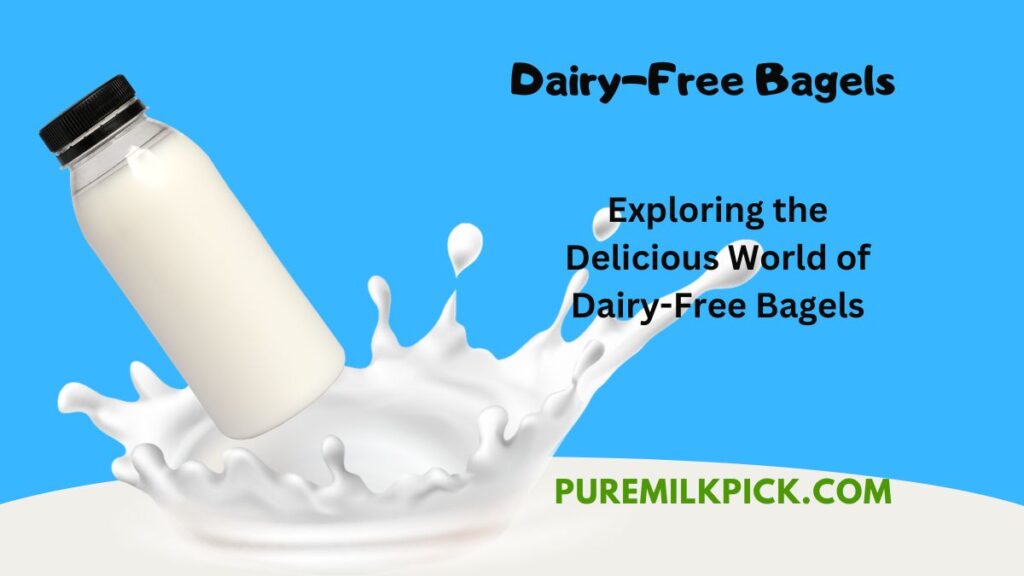Mayonnaise, the creamy condiment adorning sandwiches and salads, has long been shrouded in misconceptions. Among the most common is the belief that mayo is dairy. It’s a notion that has persisted over generations, leading many to wonder about the ingredients in that familiar jar. In this enlightening journey, we’ll unveil the truth behind Mayo’s dairy composition. We’ll explore its historical origins, dissect its ingredients, and clarify whether it contains dairy. By the end, you’ll be armed with the knowledge to make informed choices and dispel this age-old myth. So, let’s embark on a culinary adventure and uncover the mysteries of mayo.
Mayonnaise Demystified: What’s in the Jar?
Breaking Down the Ingredients
Mayonnaise, the velvety spread that has won over taste buds worldwide, boasts a relatively simple recipe. At its core, mayo is a blend of eggs, oil, and vinegar or lemon juice. These fundamental ingredients are what create its signature texture and flavor. It’s a far cry from the dairy products that many mistakenly associate with mayonnaise.
The Role of Eggs, Oil, and Acid
Eggs, specifically the yolks, play a central role in mayonnaise. They serve as the emulsifier, a substance that binds two typically immiscible liquids, in this case, oil and water-based vinegar or lemon juice. As you whisk the yolks with these ingredients, they transform into a thick and creamy concoction. It’s the emulsification process that gives mayo its rich consistency.
Debunking the Dairy Myth
One of the most enduring myths about mayonnaise is that it contains dairy. This misconception likely arises from its creamy texture, leading many to assume that milk or milk-based products are involved. In reality, traditional mayonnaise recipes do not include any dairy components.
The Origins and Evolution of Mayo
The Birth of Mayonnaise
The history of mayonnaise is a fascinating tale that takes us back to 18th-century France. The condiment’s name itself is said to be derived from the French word “moyeu,” which means egg yolk. While its exact origins are debated, many believe it was created in the town of Mahón, located on the Spanish island of Menorca. The condiment made its way to France and evolved into the creamy, tangy sauce we know today.
Variations and Adaptations
Mayonnaise’s journey didn’t stop with its creation. Over time, sauce variations emerged, with regions and cultures putting their unique twists on the classic recipe. Some added herbs and spices, creating flavored mayonnaises, while others modified the base ingredients to suit local tastes.
Regional Preferences and Ingredients
The ingredients used in mayonnaise can vary depending on regional preferences and available resources. For example, some recipes call for white wine vinegar, while others favor lemon juice. The choice of oil can also differ, with olive oil being a popular option in Mediterranean versions.
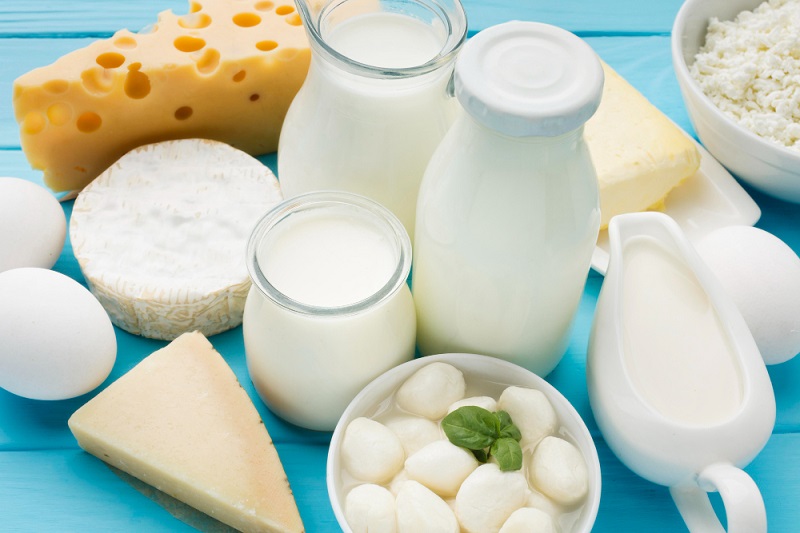
Mayo in the Modern Age: Read the Label
The Significance of Labels
In the modern age of consumer awareness, reading product labels has become a crucial practice. Whether you’re scrutinizing the ingredients of a snack or a condiment like mayonnaise, knowing what you’re consuming is vital.
Understanding Different Brands
Various brands produce mayonnaise, and the ingredients may differ from one product to another. If you have dietary concerns, checking the label will help you select a mayo that aligns with your preferences and dietary restrictions.
The Rise of Vegan and Dairy-Free Options
One of the significant developments in the world of mayonnaise is the emergence of vegan and dairy-free options. These variations are perfect for individuals who are lactose intolerant, follow a vegan diet, or simply prefer dairy-free alternatives.
The Culinary Versatility of Mayo
Beyond Sandwiches: Exploring Culinary Uses
Mayonnaise’s culinary utility goes well beyond being a sandwich spread. Its adaptability makes it a valuable ingredient in various dishes and preparations. From potato salads to coleslaw and beyond, mayo can elevate the flavors and textures of many dishes.
Its Role in Dressings and Sauces
Mayonnaise often serves as the base for various salad dressings and sauces. It can be transformed into a tangy dressing or a creamy sauce when combined with herbs, spices, and other flavor-enhancing ingredients.
Vegan and Dairy-Free Alternatives
Mayonnaise’s versatility is not limited to traditional options. With the rise of vegan and dairy-free mayo, individuals with dietary restrictions or preferences can continue to enjoy the creamy goodness of mayo in their culinary creations.
Mayo and Dietary Preferences: Catering to All
Part of Various Dietary Lifestyles
Mayonnaise, particularly vegan and dairy-free varieties, has become a part of various dietary lifestyles. It caters to the needs of vegetarians, vegans, and those with lactose intolerance.
Enhancing Dishes Without Dairy or Animal Products
Mayonnaise offers a valuable alternative for those looking to enhance their dishes without the use of dairy or animal products. It adds creaminess and flavor to recipes while accommodating dietary restrictions.
Personalizing Your Mayo Choice
The world of mayonnaise is vast, and there are many brands and varieties to choose from. You can personalize your mayo selection to align with your dietary needs, taste preferences, and ethical considerations.
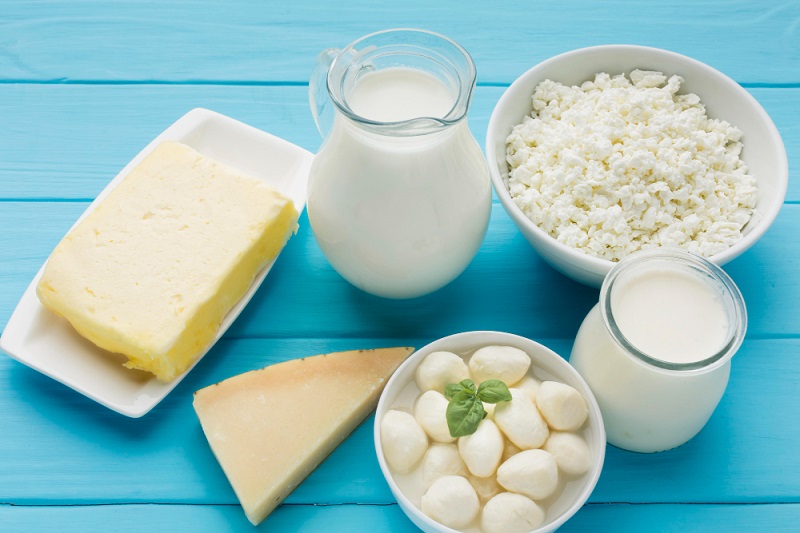
Making Informed Choices
Empowering Consumers with Knowledge
Understanding the ingredients in mayonnaise empowers consumers to make informed choices about the products they bring into their kitchens. By knowing the components of mayo, individuals can make selections that align with their dietary preferences and restrictions.
Encouraging Label Reading
One of the most straightforward but essential actions consumers can take is reading product labels. It’s a habit that ensures you know exactly what you’re consuming and helps you make choices that are in line with your dietary needs and values.
Spreading Accurate Information
In the age of information, spreading accurate knowledge is paramount. By dispelling myths about mayonnaise, we contribute to a better-informed society that can make choices rooted in facts, not misconceptions.
Myth Busting: The Truth About Mayo and Dairy
Summarizing Key Takeaways
Mayonnaise is a delightful condiment with a history rich in flavor and culture. It’s a product known for its simple yet versatile ingredients, all of which contribute to its unique texture and taste. But one thing it doesn’t contain is dairy. Traditional mayonnaise recipes are dairy-free.
Clarifying the Dairy Myth
To clarify, mayonnaise does not contain dairy ingredients. While its texture and creaminess might suggest otherwise, mayo’s primary components are eggs, oil, vinegar, or lemon juice. This knowledge is essential for those with dietary restrictions or allergies, as it enables them to enjoy mayo without concerns about dairy.
Encouraging Informed Decision-Making
Armed with accurate information, consumers can confidently make choices about mayonnaise that suit their dietary preferences and restrictions. Whether you’re making a classic potato salad or crafting a vegan aioli, you can do so with the knowledge that mayo is a dairy-free addition to your culinary creations.
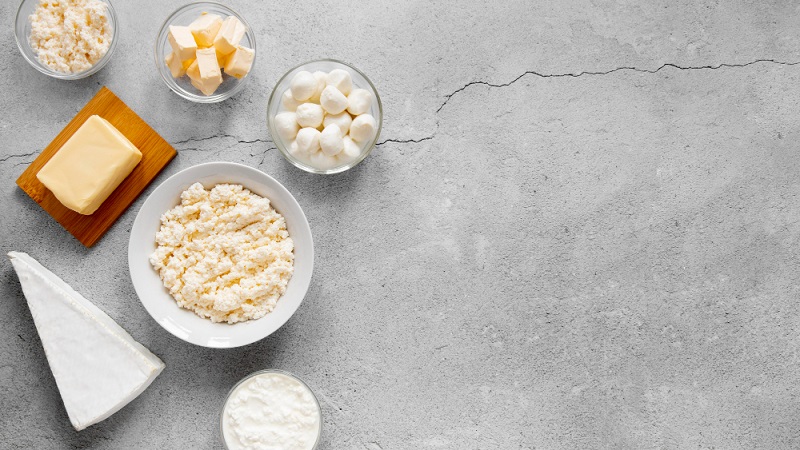
Conclusion
As we wrap up our exploration into the world of mayonnaise, we’ve unveiled the truth behind the dairy myth. Mayonnaise, whether traditional or vegan, does not contain dairy ingredients. Its rich history, regional adaptations, and modern variations make it a beloved condiment in the culinary world. Armed with the facts, you can embrace the creamy goodness of mayo in your dishes, no longer held back by misconceptions.
Frequently Asked Questions (FAQs)
No, mayonnaise is not a dairy product. Traditional mayonnaise recipes consist of eggs, oil, and an acidic ingredient like vinegar or lemon juice. While mayonnaise has a creamy texture, it does not contain any dairy components.
Yes, individuals with lactose intolerance and those following a vegan diet can safely enjoy mayonnaise. Many brands offer vegan and dairy-free mayonnaise alternatives that cater to these dietary preferences and restrictions.
Mayonnaise is incredibly versatile in the kitchen. It can be used in various ways, such as in salad dressings, sandwiches, coleslaw, and even as a substitute for butter or eggs in baking. Its creamy texture and mild flavor make it a valuable ingredient for enhancing both savory and sweet dishes.
